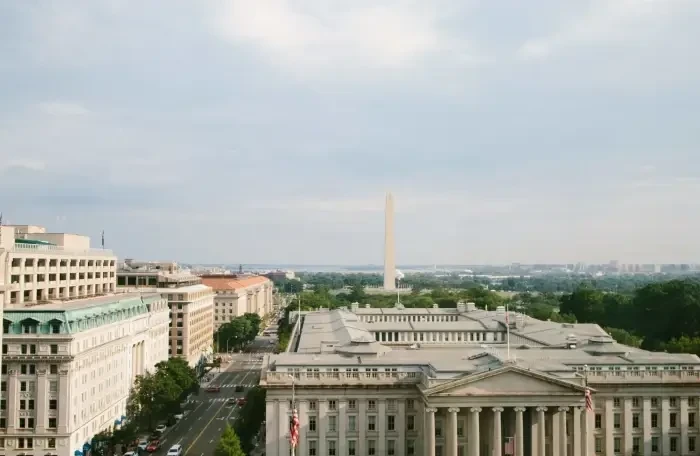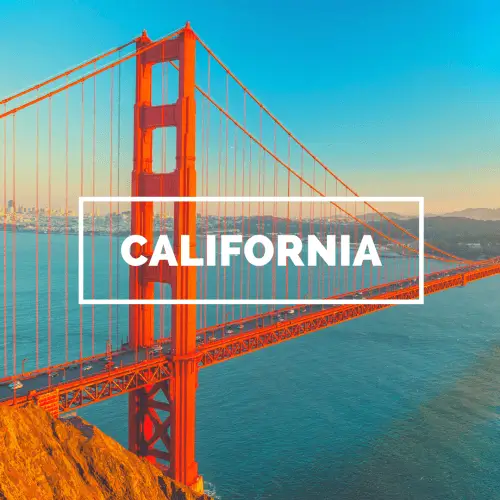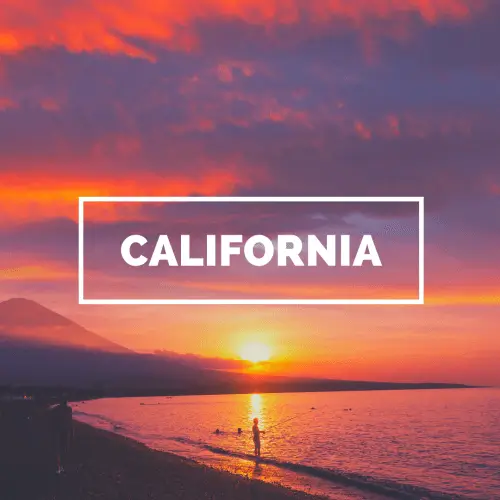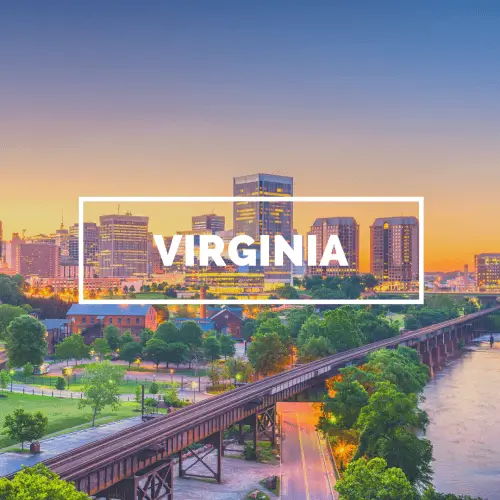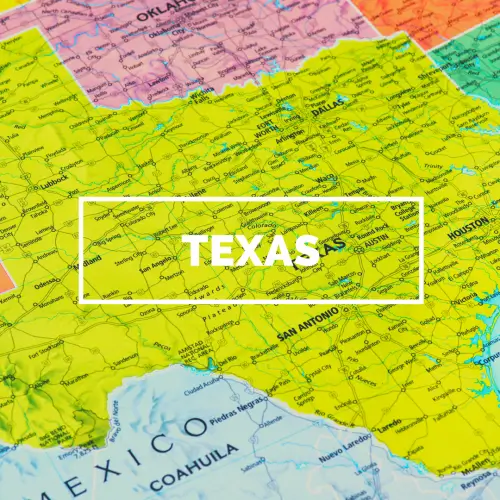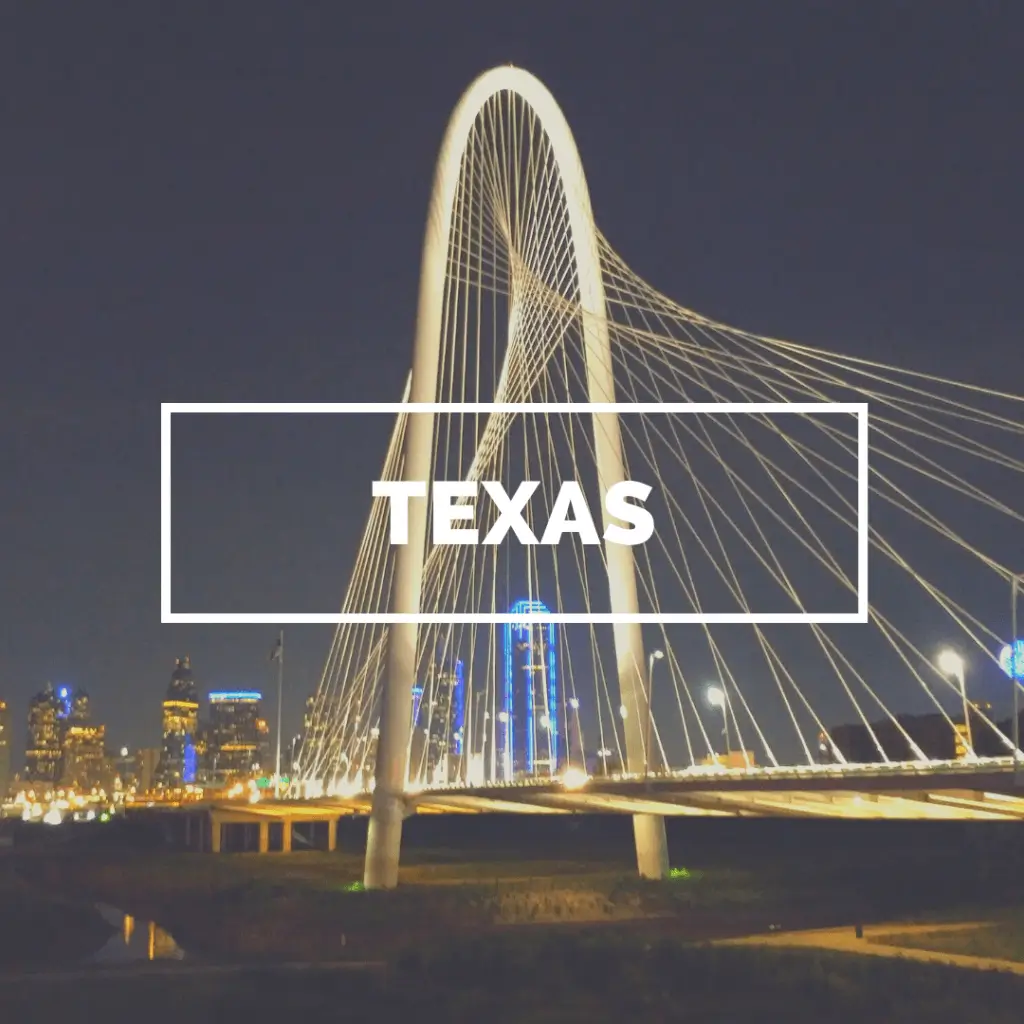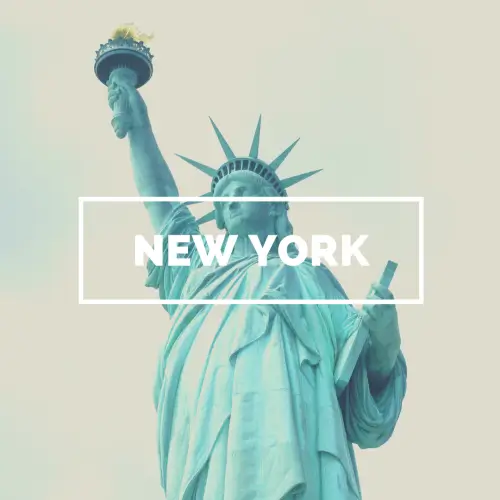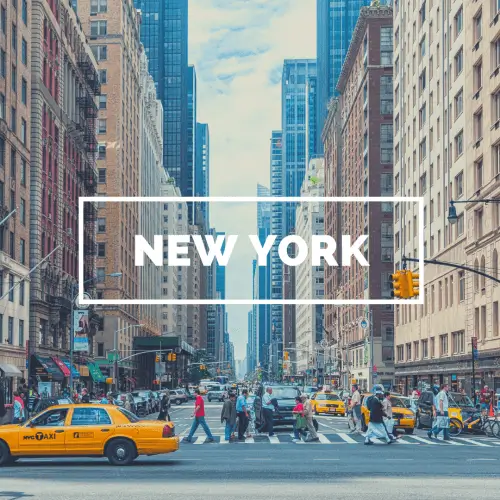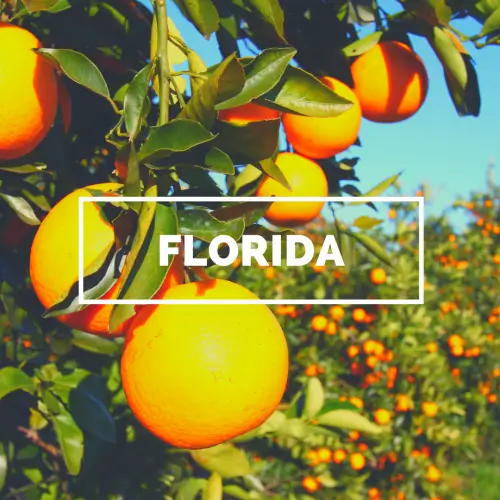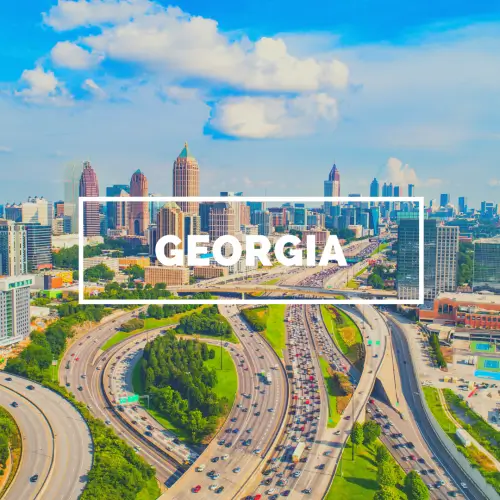The transportation and logistics business is regulated by a collaboration of various parts of the government, including those at the federal, state, and municipal levels. Add to that a slew of government agencies. All commercial moving that is long distance and crosses state lines is regulated.
A basic grasp of how the rules and regulations work is a perfect way to start to guarantee that you're in alignment and to understand how they might affect your business.
There are a total of 11 agencies that make up the Department of Transportation. Each has a critical role to play in ensuring that the supply chain sector operates smoothly and quickly. We are going to take a look at a few of them.
What are laws and regulations?
Laws
They begin as a proposal presented by a member of the Senate or House of Representatives and are developed by the Congress (legislative branch). Before reaching the President's desk, the law must go through a lengthy review procedure and be passed by both chambers of Congress. The back-and-forth nature of the process makes it difficult for most legislation to become laws.
Regulations
The rule-making process begins with a federal agency submitting a proposal to the Federal Register. After that, the agency gets public comments and evaluates it. If necessary, the rule is changed based on the findings. The Final Rule is eventually published in the Federal Register and becomes effective.
Now, let's meet some of the main regulation agencies
Federal Motor Carrier Safety Administration
The FMCSA is mainly concerned with the safety of commercial motor carrier operations, including decreasing collisions, injuries, and fatalities that may occur in big commercial vehicles.
The FMCSA develops a wide range of safety rules, and it is also in charge of creating test standards and issuing commercial motor vehicle driver licenses to those who operate commercial vehicles. In addition, the agency works with labor safety and enforcement organizations. It offers both income support and motor vehicle safety services.
National Highway Traffic Safety Administration (NHTSA)
The NHTSA is primarily concerned with decreasing vehicle-related injuries, fatalities, and economic losses. In order to fulfill its major aims and mission, the agencies also invest in education, safety standards, enforcement action, and education.
The agency is in charge of enforcing car's performance and emission standards, as well as gaining a better knowledge of driving behavior and road safety.
Federal Highway Administration (FHWA)
The Federal Roadway Administration (FHWA) supports state and municipal governments in areas such as road planning, building, and maintenance across the country.
Railroad Administration of the United States (FRA)
The FRA's objective is to ensure that people and products may deliver reliably, safely, and efficiently by enforcing legislative, non-legislative, procedural, and administrative norms.
Following the rules
If a rule or regulation is established at the municipal, state, or federal level, it has the possibility to have a direct impact on a business. Any violation of the rules might result in a penalty for offending moving companies and businesses. However, while both rules and regulations have multiple functions, it is essential that the public understands where they originate from and the main reasons by which they are established.


